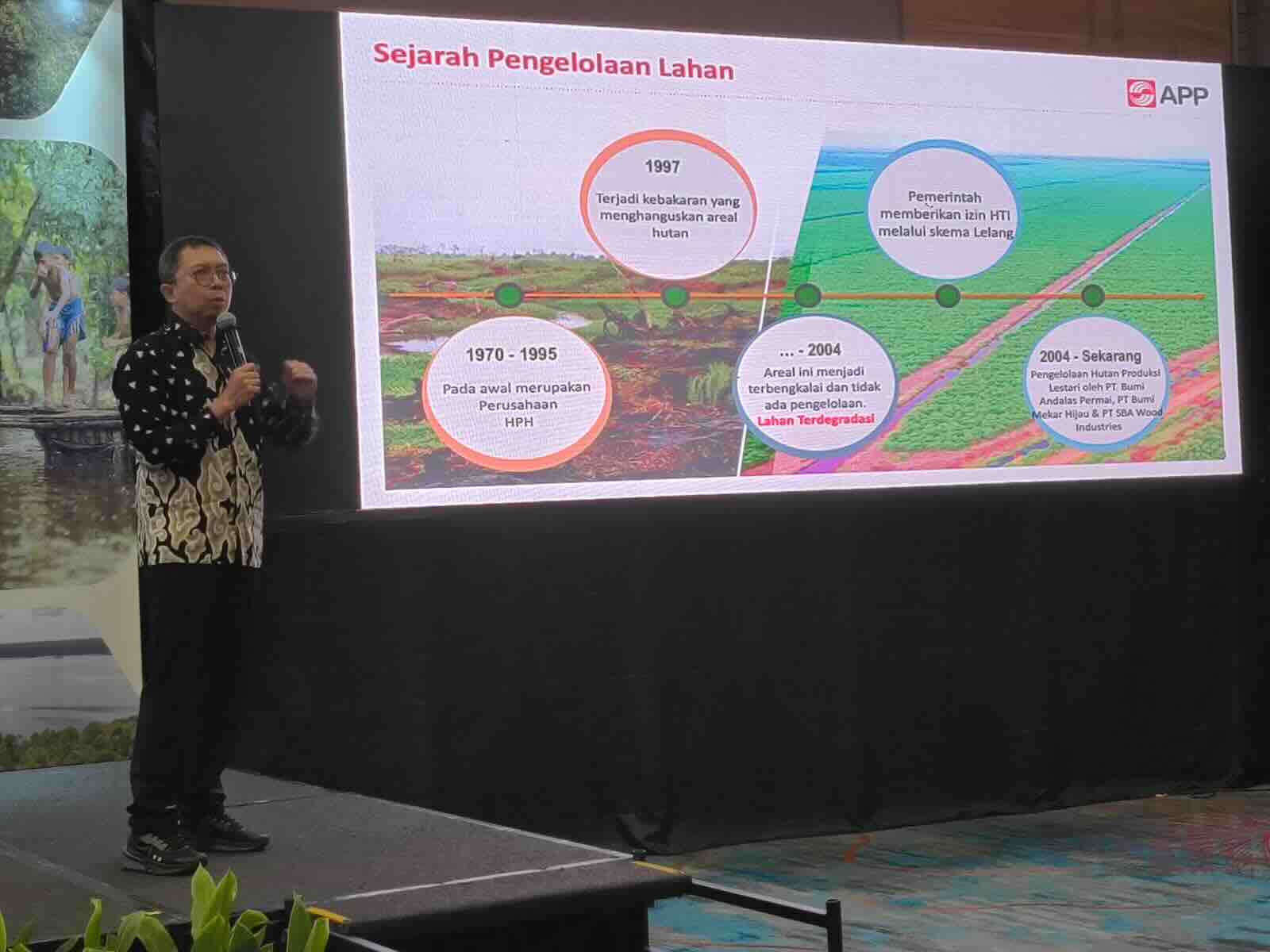Enviro News Asia, Xinjiang – A drone aerial photo taken on September 22, 2025, shows solar power plants and transmission networks in the Bayingolin Mongol Autonomous Prefecture, Xinjiang Uighur Autonomous Region, northwest China.
The Xinjiang Uighur Autonomous Region is one of China’s five autonomous regions and the largest land area, spanning about 1.66 million km²—roughly six times the size of Java Island. It borders eight countries: Mongolia, Russia, Kazakhstan, Kyrgyzstan, Tajikistan, Afghanistan, Pakistan, and India. Xinjiang also hosts vast deserts such as the Taklamakan, as well as major mountain ranges including Tian Shan, Kunlun, and Pamir.
Rich in solar and wind resources, Xinjiang has in recent years vigorously advanced its new energy industry by accelerating large-scale wind and solar power projects. A 750-kilovolt (kV) circular “power highway”—the largest of its kind in China—has been built across the region, providing strong support for efficient energy distribution.
Currently, about one-third of the electricity transmitted in Xinjiang comes from clean sources such as wind and solar. More than 270 billion kilowatt-hours of green electricity have been delivered to other regions of China.
In addition, more companies are developing clean energy in Xinjiang, driving the region’s green transformation. The new energy equipment manufacturing industry in Xinjiang—covering silicon wafers, photovoltaic modules, wind turbines, and blades—is becoming increasingly complete, with its industrial chain rapidly expanding.
The vast deserts and barren lands of Xinjiang, once seen as an economic burden, have now been transformed into a goldmine of renewable energy. (*)
















